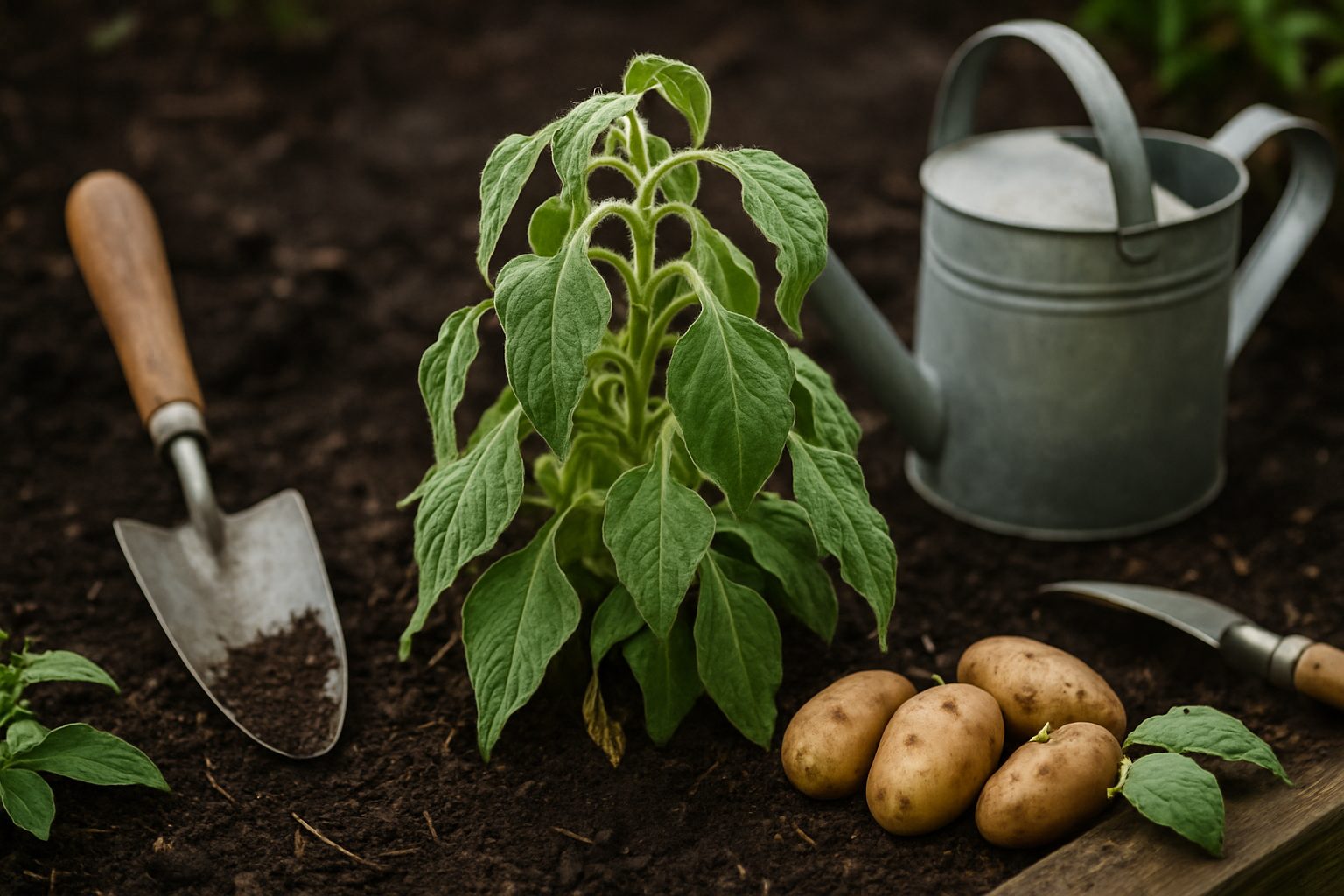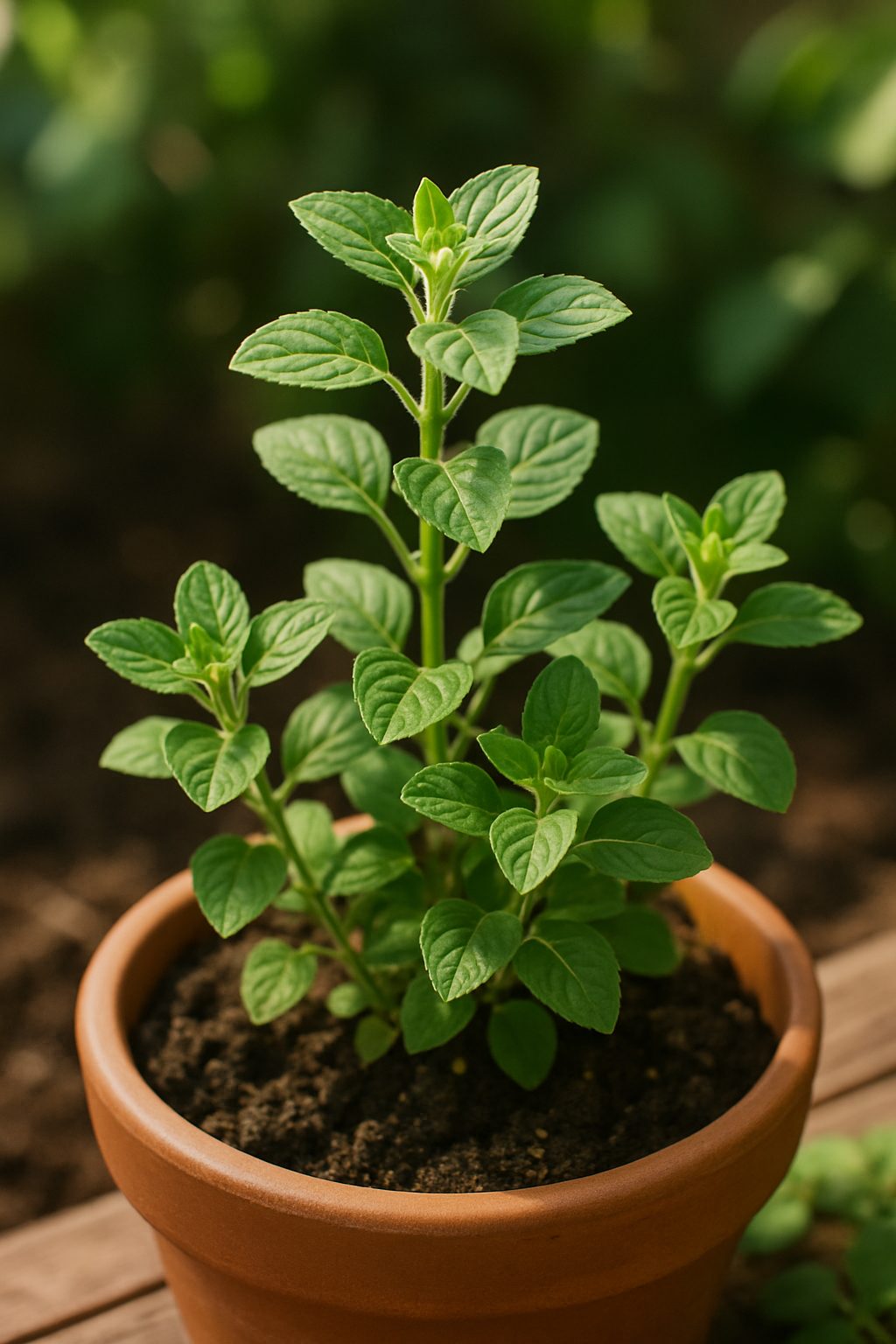Introduction
Mexican oregano is a beloved staple in Latin American kitchens, prized for its bold, citrusy flavor that shines in everything from salsas to slow-cooked stews. Beyond its culinary uses, this herb is also valued for its potential health benefits in traditional remedies. Although it shares a name with the more common Mediterranean oregano, many home gardeners are surprised by how different its care requirements can be.
In fact, making typical mexican oregano growing mistakes—such as overwatering, planting in unsuitable soil, or confusing it with its European cousin—can quickly lead to disappointing results. If you’ve struggled to keep your Mexican oregano healthy and flavorful, you’re not alone.
In this post, we’ll explore the most common missteps gardeners make with this unique plant and share practical tips to help you grow a thriving, aromatic crop right in your own garden. Whether you’re a culinary enthusiast or a fan of home remedies, avoiding these pitfalls will ensure your Mexican oregano truly flourishes.
Confusing Mexican Oregano with Mediterranean Varieties
A common and frustrating mexican oregano growing mistake is confusing Mexican oregano (Lippia graveolens) with Mediterranean oregano (Origanum vulgare), even though these plants differ significantly in appearance and care requirements. While they share a similar name and somewhat comparable flavor profiles, Mexican oregano belongs to the verbena family and is native to the dry, arid climates of Mexico and the American Southwest. In contrast, Mediterranean oregano is part of the mint family and thrives in temperate Mediterranean regions.
Mexican oregano prefers intense sunlight, well-draining sandy or rocky soil, and can tolerate drought much better than its Mediterranean cousin, making it perfect for xeriscaping or “dry gardens.” On the other hand, Mediterranean oregano thrives in rich, loamy soil with regular watering. Treating both plants the same way often leads to disappointing growth and flavor.
Another often overlooked mexican oregano growing mistake is buying seeds or plants without confirming their species. Many garden centers and seed suppliers mislabel these herbs, and the seedlings look very similar early on. To avoid this, always check the scientific names and purchase from reputable nurseries specializing in herbs or native plants.
By understanding these differences and starting with the right plant, gardeners can avoid the frustration of poor harvests and enjoy the unique qualities of true Mexican oregano in both cooking and landscaping.
Overwatering and Poor Drainage

Mexican oregano is naturally adapted to thrive in arid or semi-arid environments, making it quite sensitive to overwatering—a common pitfall for gardeners who are used to moisture-loving herbs. Unlike their Mediterranean cousins, Mexican oregano prefers soil that dries out between waterings. Consistently wet roots can quickly spell disaster. One clear sign of a watering mistake is yellowing, wilting, or mushy leaves, often accompanied by a musty smell from the soil.
If roots sit in wet soil for too long, they can suffocate and develop root rot, a potentially fatal fungal condition that’s much harder to treat than prevent. To avoid these mexican oregano growing mistakes, start with the right soil: a gritty, well-draining mix is essential. Blend potting soil with sand, perlite, or small gravel to improve drainage. If you’re growing Mexican oregano in containers, always choose pots with ample drainage holes and avoid decorative cachepots that trap moisture at the bottom.
Outdoors, pick a sunny spot with naturally fast-draining soil—such as a raised bed or a south-facing sandy border. If your garden soil is heavy clay or holds water, consider creating a mound or using a container to replicate the plant’s native rocky, dry environment. Finally, always let the top couple of inches of soil dry out before watering again. With Mexican oregano, less is usually more when it comes to moisture.
Mexican Oregano Growing Mistakes: Planting in the Wrong Climate
One of the most common mexican oregano growing mistakes is planting it in the wrong climate. Mexican oregano (Lippia graveolens) thrives in hot, dry, and sunny environments, similar to its native habitats in Mexico and the southwestern United States. It’s highly drought-tolerant, preferring well-drained sandy or rocky soils, and absolutely loves full sun.
The biggest challenge for gardeners is this herb’s sensitivity to frost and excessive moisture; cold or wet conditions can easily stunt growth or even kill the plant. If you live in a region with cold winters, frequent rain, or high humidity, keeping Mexican oregano healthy outdoors year-round can be tough—but don’t worry, there are ways around it!
- Container growing is a great option. Just move your pots indoors before the first autumn chill.
- Create a microclimate by planting near a south-facing wall or using stones and gravel to radiate heat and improve drainage.
- For outdoor overwintering, protect your oregano with frost cloths, cold frames, or small pop-up greenhouses to shield it from freezing temperatures.
- In humid areas, space plants well apart and avoid dense mulching to boost air circulation and prevent root rot.
By tailoring your growing methods to mimic Mexican oregano’s preferred climate, you’ll set your plant—and your recipes—up for fragrant, flavorful success.
Neglecting Light Requirements
One of the most common mexican oregano growing mistakes is underestimating just how much sunlight this aromatic herb needs. Mexican oregano thrives in bright, direct sunlight—ideally at least six to eight hours a day. Without enough light, the plant becomes leggy, growing long, weak stems with sparse leaves. This not only affects its appearance but also reduces its essential oil production, resulting in a duller flavor and aroma.
If you notice your oregano stretching toward the nearest window or developing floppy stems, that’s a clear sign it’s not getting enough sunlight. To ensure your plant gets optimal sun exposure, pick a garden spot with all-day sun—south- or west-facing beds work best—and avoid areas shaded by trees, fences, or buildings. If you’re growing in containers, you can move your pots around to “chase the sun” as the seasons change.
Indoors, place your Mexican oregano in the sunniest window you have—south-facing windows are ideal. If your home doesn’t get enough natural light, consider using supplemental grow lights. Full-spectrum LED or fluorescent bulbs positioned 4 to 6 inches above the plant and running for 12–16 hours daily can mimic long summer days. With smart site selection and a bit of help from technology, you’ll avoid leggy, weak growth and enjoy the robust flavor that makes Mexican oregano a kitchen favorite.
Common Mexican Oregano Growing Mistakes: Ignoring Soil Preferences
One of the most frequent Mexican oregano growing mistakes is overlooking the plant’s specific soil preferences. Mexican oregano thrives best in sandy or rocky soils that drain quickly, mimicking its native environment in the arid landscapes of Mexico and the southwestern United States. These well-draining conditions prevent the roots from sitting in water, which is critical since Mexican oregano is highly susceptible to root rot if exposed to prolonged moisture.
Growing this herb in heavy, clay-rich soils can cause problems. Such soils retain excess water, depriving the roots of oxygen and often leading to stunted growth, discolored leaves, or even plant death. If your garden bed is primarily clay, don’t worry—it’s an easy fix with some effort.
Amend the soil by mixing in coarse sand, fine gravel, or perlite to lighten the texture and improve drainage. Incorporating organic matter like compost can also help, but be careful not to add mud that will hold more water. For those dealing with persistently wet areas, consider growing Mexican oregano in raised beds or containers, where you can control the soil composition completely.
Regularly check the soil’s moisture by sticking your finger an inch below the surface. If it feels soggy or sticky, hold off on watering and reassess your drainage setup. Paying close attention to these simple soil requirements will help your Mexican oregano grow vigorously, produce aromatic leaves, and experience fewer disease problems year-round.
Common Mexican Oregano Growing Mistakes
Improper Pruning and Harvesting
One of the most frequent mexican oregano growing mistakes is neglecting proper pruning and harvesting, which can greatly affect your plant’s health, flavor, and overall yield. Pruning encourages bushier, more productive growth. When you trim stems periodically, the plant produces new shoots, creating a fuller, more robust oregano bush with concentrated flavors.
A common error is over-harvesting—taking too much at once or cutting stems too low—which can stress the plant and stunt its growth. Conversely, some gardeners rarely prune, resulting in leggy, weak plants with sparse foliage and diminished flavor.
The best approach is to wait until your plant is well-established, usually six to eight inches tall, before the first harvest. Always use clean, sharp scissors and cut just above a leaf node, removing no more than one-third of the plant at a time. This helps the oregano bounce back quickly and keeps it producing.
Regular pruning—not just during harvest—also helps redirect the plant’s energy and can prevent flowering, which tends to reduce leaf aroma and taste. By timing and limiting your harvests thoughtfully, you’ll encourage continuous, sustainable growth and enjoy intensely flavorful leaves all season long.
Conclusion
Growing Mexican oregano can be incredibly rewarding, but it’s easy to make some common mistakes. Overwatering, planting in heavy or poorly drained soil, and placing the plant in areas without full sun are among the top mexican oregano growing mistakes to avoid. Neglecting to prune regularly or failing to protect your oregano from cold snaps can also stunt growth and diminish flavor.
Every garden is unique, so it’s important to consider your local climate and tailor your care routine to the plant’s needs—think well-drained soil, infrequent watering, and plenty of direct sunlight. By keeping these basics in mind, your Mexican oregano will thrive, giving you robust harvests and intense flavor.
If you’ve had successes or struggles with Mexican oregano, feel free to leave a comment or ask questions below. Sharing our experiences helps everyone grow better herbs!
